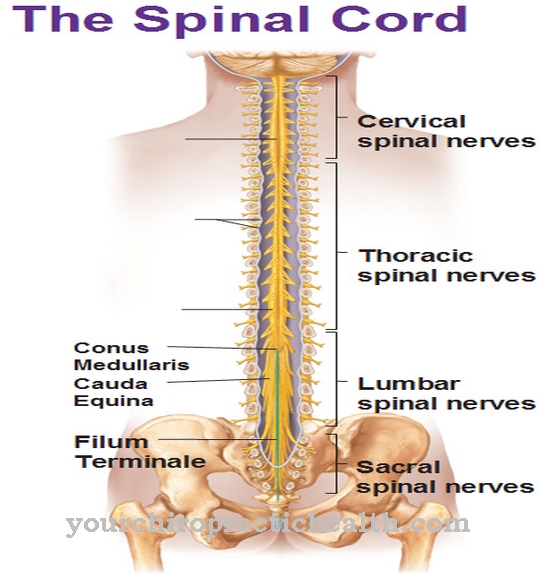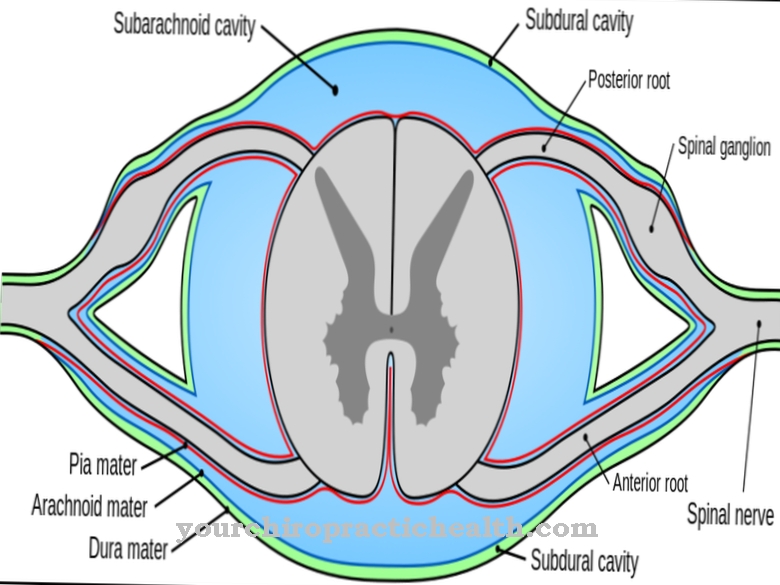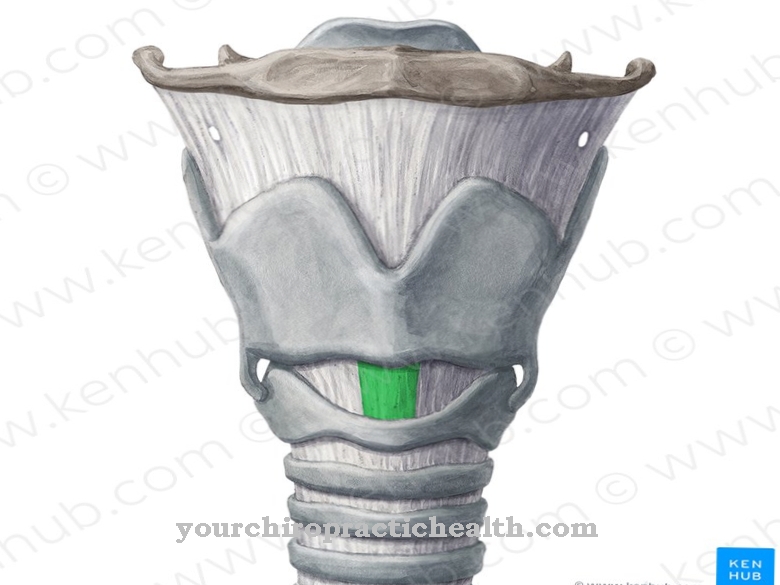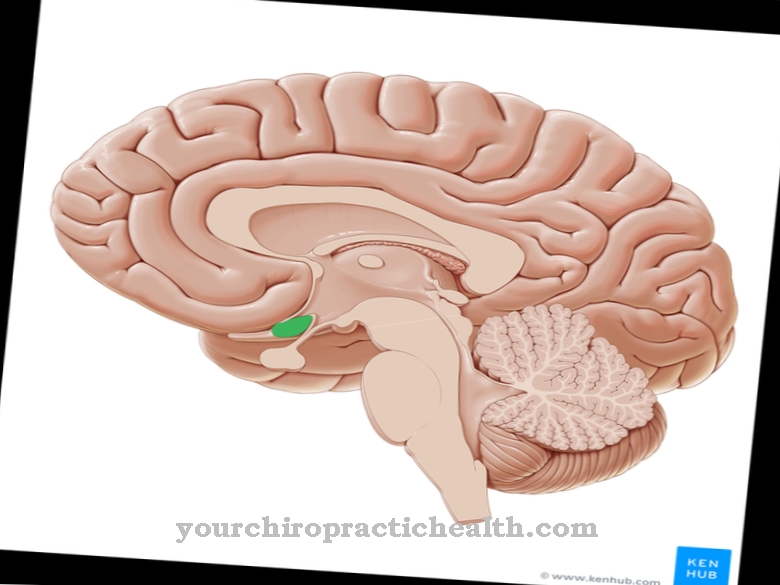Blood vessels run through the entire human body as proverbial lifelines. A distinction is made between two different types of vessels, namely arteries and Veins. See also: blood circulation.
What are veins
Veins are vessels that carry blood to the heart, as opposed to the arteries that carry it to the periphery. There is less pressure inside the veins than in the arteries.
The supposed definition, according to which oxygen-rich blood flows in the arteries and oxygen-poor blood in the veins, only applies to the circulatory system, but not to the pulmonary circulation.
The vena cava of the heart is about 2 cm in diameter, whereas most peripheral veins are much smaller, down to tiny venules with a cross section of about 15 μm.
Anatomy & structure
The wall one vein Due to the lower internal pressure, it is usually thinner than that of an artery of the same size and is composed of three layers: The inner layer is known as the tunica intima.
It consists of a monolayer of squamous epithelium, i. H. from an association of flat mucous membrane cells attached to a basement membrane. This layer forms the venous valves in many veins distant from the heart. Below is the middle layer or tunica media, which is mainly composed of bundles of smooth muscles arranged in a ring or spiral. This muscle layer is less pronounced in the veins than in the arteries.
The outer tunica adventitia is a layer of connective tissue that fixes the vein in its surroundings. In it run nerves and - with very large veins - smaller blood vessels or vasa vasorum, which serve to nourish the large vessels.
Functions & tasks
The heartbeat that drives the blood through the arteries has hardly any influence after the blood in the body's periphery has passed the tiny capillaries with their high vascular resistance and finally into them Veins entry.
The transport of blood in the veins is made possible by several other mechanisms, collectively known as a venous pump: Veins that run near a muscle are compressed when it contracts, thereby transporting the blood onwards. Many veins are attached to an artery as accompanying veins, the pulse waves of which also compress the veins and thus allow the blood to flow forward.
The blood flow in the veins near the heart is also influenced by the pressure changes in the chest cavity caused by breathing. In the abdomen, the intestinal peristalsis takes on this task. Since all these factors are based on a compression of the veins, the blood could theoretically also be pushed in the wrong direction - this is prevented by the venous valves. These pocket flaps act as directional valves and only open when blood flows through them in the right direction - towards the heart - while blocking it from flowing back in the other direction.
They thus counteract the force of gravity and are therefore particularly numerous in the veins of the arms and legs. Veins also serve as capacity vessels, i.e. H. By expanding their elastic walls, they can absorb and store large amounts of blood. If necessary, they release this blood again to regulate the circulation.
Diseases
A common venous disease is varicose veins or varicose veins. It arises from congenital or acquired connective tissue weakness and / or venous valve insufficiency and manifests itself as a congestion of blood with vein dilation.
Depending on the localization, a distinction is made between spider veins (skin veins), reticular varicosis (subcutaneous veins) and trunk varicosis (deep veins). In mild cases, varices are only a cosmetic problem, but swelling, cramps or ruptures can also occur.Varices can be obliterated, treated with laser beams, or surgically removed. Over time, blocked veins can lead to venous edema; H. water accumulation in the surrounding tissue. Another possible long-term consequence is leg ulcer or lower leg ulcer.
A particularly dangerous venous disease is thrombosis, in which a detached blood clot blocks a vein. If the thrombus reaches the lungs, life-threatening pulmonary embolism occurs. In addition, veins can become inflamed for various reasons - this is called phlebitis. If it is accompanied by thrombus formation, it is usually benign thrombophlebitis (superficial veins) or a more dangerous phlebothrombosis (deep veins).
Typical & common diseases
- thrombosis
- Varicose veins
- Vein weakness (vein problems)
- Phlebitis













.jpg)

.jpg)
.jpg)











.jpg)